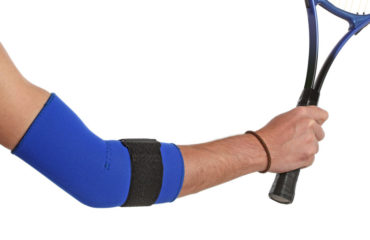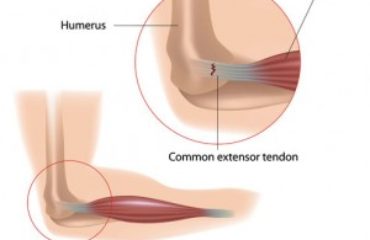The ulnar collateral ligament or UCL is an area of tissue on the medial side of your elbow. The UCL is made up of the posterior (back), anterior (front) and transverse ligaments. These ligaments work together to provide stability for the elbow.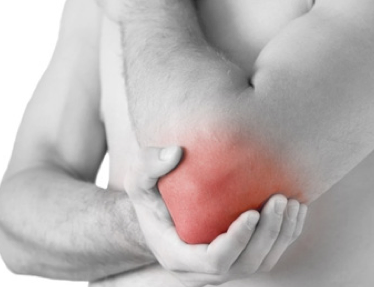
The posterior ligament provides additional stability when the elbow is extended, the anterior ligament provides additional support against stress on the elbow when it is flexed or extended and the transverse ligament connects the medial (inside) tip to the ulna rather than providing stability to the arm. If any of these ligaments are damaged it can result in instability or stress on the elbow which can impact your ability to move it properly.
Causes of Ulnar Collateral Ligament Injuries
Constant stress on the UCL can increase your risk of injuring this area. Athletic activities such as serving in volleyball, pitching a baseball or serving during a tennis match are common causes of such 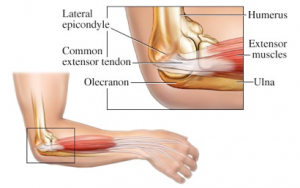 injuries due to the intense stress and repetitive motion involved in these activities.
injuries due to the intense stress and repetitive motion involved in these activities.
Similarly, playing sports such as football, water polo or ice hockey may damage the UCL because the elbow is frequently cocked during play. If the body enters a collision while the elbow is in this position or when it is extremely rotates it will place additional strain on the UCL, increasing your risk of injury.
Any injury that forcefully whips the humerus in the shoulder can cause damage to the forearm as well by placing strain on the UCL. Overusing the arm, poor throwing mechanics, throwing items at high velocities or throwing styles such as a curveball can increase this risk. In most cases, this type of stress causes small tears that slowly add up over time.
Classifications for these Injuries
In many cases repetitive stress on the ulna leads to chronic deterioration of the ligament. This will appear slowly, with pain developing over the course of the injury. Additional tears may also appear in the ligament which can result a loss of structural integrity over time.
In less common cases patients may experience an acute rupture of a ligament in the elbow. This may be caused by a sudden injury such as a collision while the arm is flexed.
When the arm is in flexion the ulnar collateral ligament is not extended in a way that will allow it to provide additional support for the elbow. This increases your chance of a dislocated elbow or damage to the radioulnar joints if a collision occurs when the arm is in this position.
Watching for UCL Injuries
Those suffering from an ulnar collateral ligament injury will notice pain along the inside of their 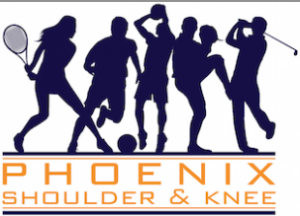 elbow. This may appear more strongly as you increase the acceleration of your movements. You may also find that clenching or closing your hand increases your symptoms.
elbow. This may appear more strongly as you increase the acceleration of your movements. You may also find that clenching or closing your hand increases your symptoms.
As you attempt to move the arm through a slowing motion you may notice a popping sound in the elbow along with intensified pain. In some cases bruising may appear along the inside of the elbow coupled with a loss of motion for this area.
Dr. Adam Farber is one of the top orthopedic surgeons in Phoenix, offering Board Certified and Fellowship Trained treatment for the shoulder, knee, elbow and ankle. He is an elbow surgeon trusts, providing arthroscopic treatment and minimally invasive ligament repair.

